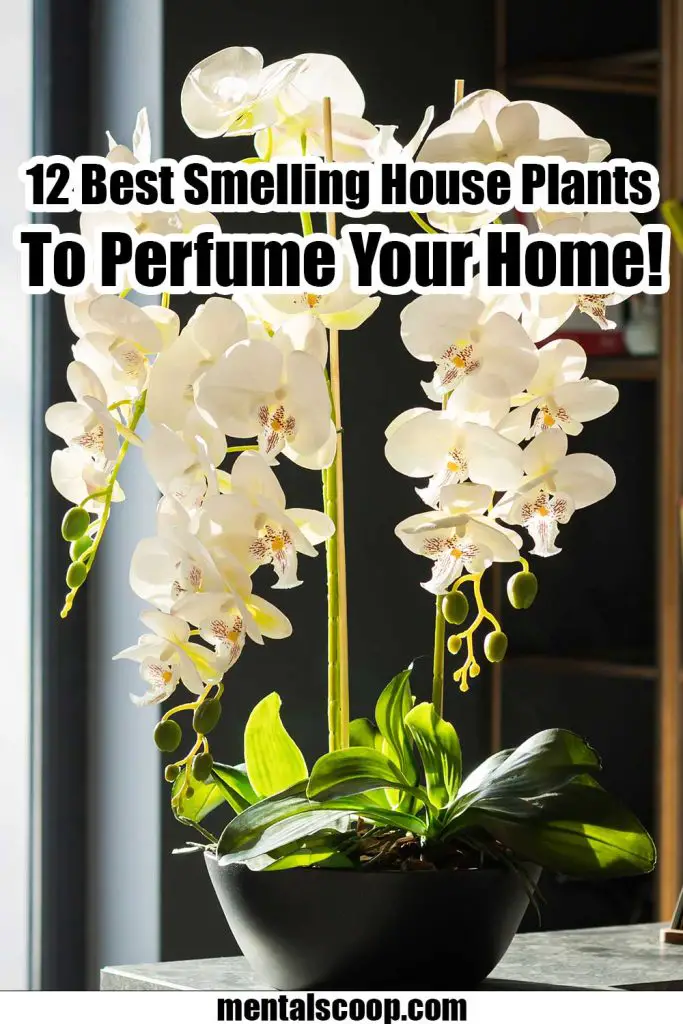How To Grow Your Own Garlic Indoors For An Endless Supply!

Garlic, known for its pungent flavor and numerous health benefits, is a staple in kitchens around the world. While traditionally grown in gardens, many people are now turning to indoor cultivation to enjoy a year-round supply of this aromatic ingredient.
Growing garlic indoors not only ensures a steady harvest but also offers the convenience of having fresh garlic on hand whenever you need it.
In this guide, we will walk you through the step-by-step process of growing your own garlic indoors, allowing you to cultivate an endless supply of this flavorful and nutritious bulb.
Selecting the Right Garlic Varieties
Choosing the right garlic varieties is crucial to a successful indoor cultivation project. Softneck varieties, such as Artichoke and Silverskin, are better suited for indoor growth due to their adaptability to varying conditions.
Hardneck varieties, like Rocambole and Porcelain, require colder climates and may not be as suitable for indoor environments.
Gathering Your Supplies
Before you start growing garlic indoors, gather the necessary supplies:
- Garlic bulbs (from a reputable source)
- Large containers or pots with drainage holes
- High-quality potting soil
- Fertilizer
- Watering can or sprayer
- Grow lights or a sunny windowsill
- Mulch (optional)
Preparing the Garlic Bulbs
Carefully separate the garlic bulb into individual cloves, ensuring that each clove has intact skin. Choose the largest and healthiest cloves for planting, as they will yield the best results.
Choosing the Right Containers
Select containers or pots that are at least 6-8 inches deep and have proper drainage holes to prevent waterlogging. Larger containers allow for better bulb development.
Preparing the Potting Mix
Create a well-draining potting mix by combining potting soil with perlite or vermiculite. This ensures good aeration and prevents water accumulation, reducing the risk of rot.
Planting the Garlic Cloves
Plant each garlic clove with the pointed end facing upwards and the flat end downwards. Plant them about 2 inches deep and 6 inches apart to provide ample space for growth.
Watering
Garlic prefers consistent moisture, so water the soil thoroughly after planting. Maintain even moisture throughout the growing period, but avoid waterlogging.
Providing Adequate Lighting
Place your containers in a location that receives at least 6-8 hours of sunlight daily. If natural light is insufficient, supplement with grow lights placed about 6-8 inches above the plants.
Fertilizing
Feed your garlic plants with a balanced liquid fertilizer every 2-3 weeks during the growing season. This provides essential nutrients for healthy growth and bulb formation.
Managing Temperature and Humidity
Garlic grows best in temperatures between 60-77°F (15-25°C). Maintain moderate humidity levels to prevent drying out of the foliage.
Trimming Scapes (Optional)
Hardneck varieties produce scapes, curly flower stalks that can be trimmed to redirect energy towards bulb development. Use these flavorful scapes in cooking!
Mulching (Optional)
Applying a layer of mulch helps retain moisture, suppress weed growth, and regulate soil temperature. Organic mulches, like straw, work well for garlic.
Monitoring and Pest Control
Regularly inspect your garlic plants for pests such as aphids or spider mites. If detected, treat them with insecticidal soap or neem oil to protect your crop.
Harvesting Your Garlic
Harvest time typically arrives when the lower leaves turn yellow-brown. Gently dig out the bulbs, taking care not to damage them. Allow the bulbs to cure in a dry, well-ventilated area for 2-3 weeks before cleaning and storing.

More interesting articles you may be interested in reading:

How To Remove A Tree Stump Painlessly
10 Vital Home Maintenance Tasks You’ll Regret If You Forget
See How Much Propane Is Left In A Tank With No Gauge
Thanks for reading and be sure to share this info with your friends using the social share buttons below.
Talking about social stuff, consider liking our Facebook page to keep up to date with our articles. Check out our other articles for more mental scoops!
